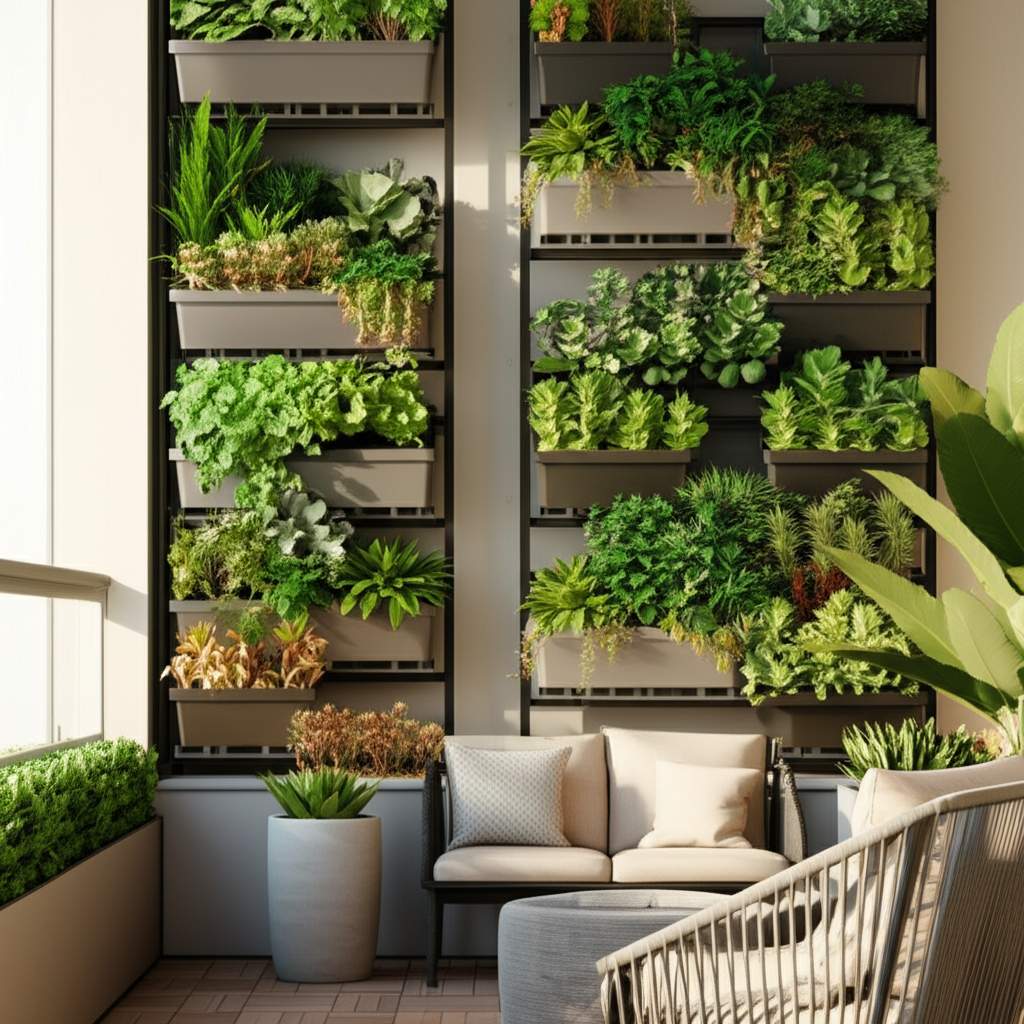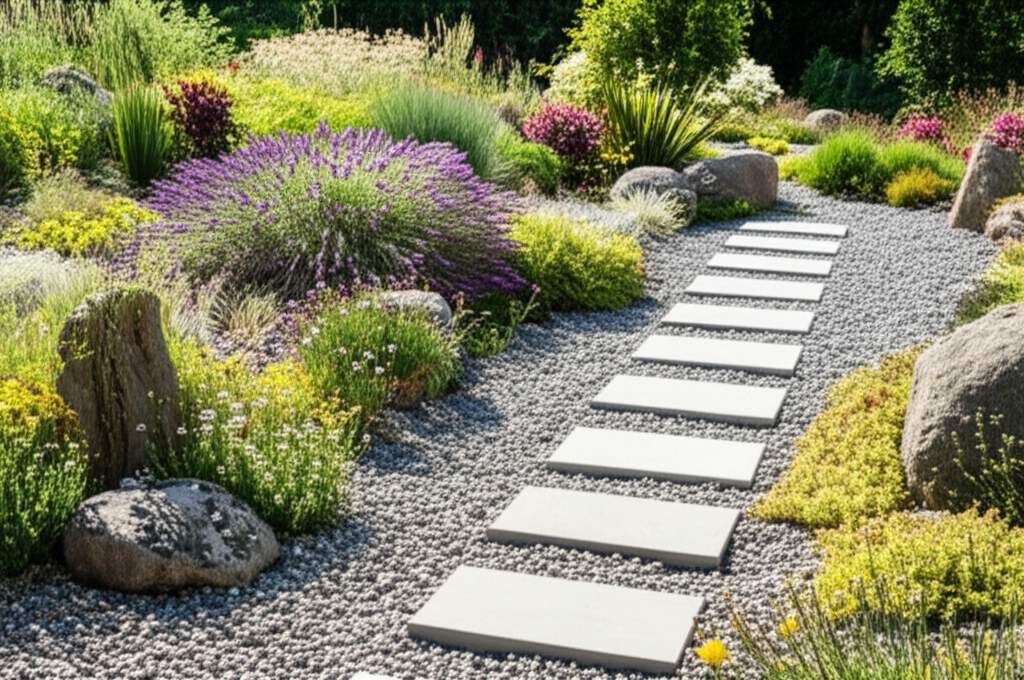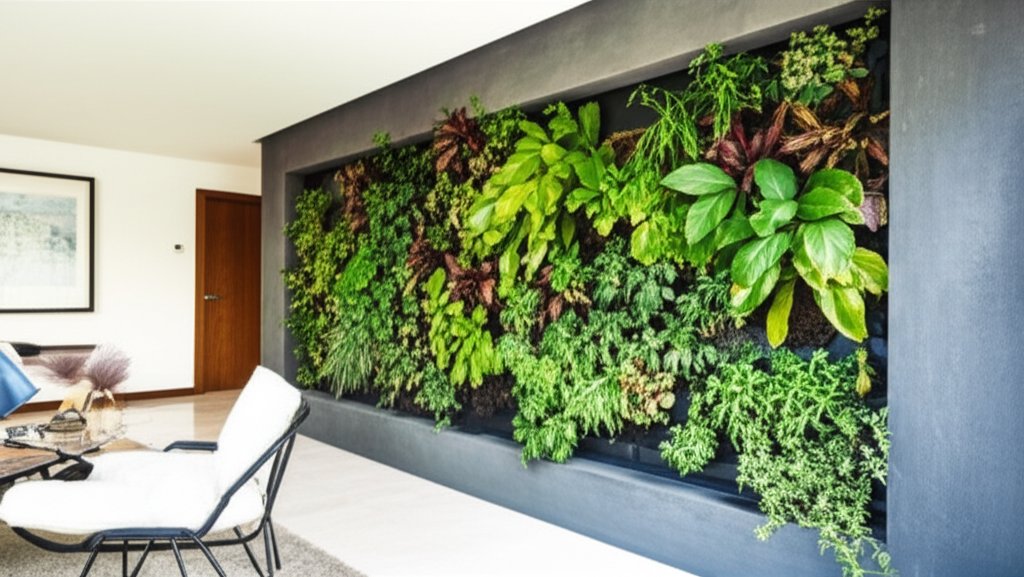Vertical Gardens: Maximize Small Spaces in 2025
Have you ever stared at a blank wall or cramped balcony and felt limited by your available area? Many gardeners face this challenge, yet vertical gardening offers a practical solution that turns vertical surfaces into productive growing zones. As an experienced garden center specialist, I have helped countless homeowners create thriving vertical setups that enhance both beauty and functionality in compact environments.
Vertical gardening utilizes height to expand planting options, allowing you to cultivate herbs, flowers, and vegetables without expansive ground space. This approach not only saves room but also improves air quality, provides privacy, and adds visual interest to urban or suburban settings. In 2025, with growing interest in sustainable living, these gardens represent an efficient way to integrate nature into daily life.
Assess Your Space Effectively
Begin by evaluating your environment with a critical eye, identifying surfaces that receive adequate light and can support plant weight. For instance, a south-facing balcony might capture six to eight hours of sunlight daily, making it ideal for sun-loving species, while a north-facing wall could suit shade-tolerant options.
Action steps include:
- Measure potential areas, noting dimensions and exposure to elements like wind or rain.
- Test soil pH if planning ground-connected elements, aiming for 6.0 to 7.0 for most plants.
- Evaluate structural integrity by consulting load-bearing guidelines, ensuring walls can handle at least 20 pounds per square foot for mounted systems.
This assessment prevents common pitfalls, such as plant failure from poor light, and sets the stage for a resilient garden that lasts through seasons.
Plan with Clear Intent
Effective planning aligns your vertical garden with specific needs, whether you seek fresh produce, aesthetic appeal, or environmental benefits. Consider how the garden will integrate with your routine: a kitchen-adjacent setup might focus on culinary herbs, while a patio version could emphasize flowering vines for color.
Action steps include:
- List desired outcomes, such as harvesting herbs weekly or creating a privacy screen that blocks views within two months.
- Select plants based on local conditions; for example, choose drought-resistant succulents like sedum for arid climates or moisture-loving hostas for humid areas.
- Sketch a layout, incorporating varying heights and colors to create depth, perhaps using software tools for visualization.
When you plan thoughtfully, the result is a personalized space that evolves with your lifestyle and delivers ongoing satisfaction.
Build Sturdy Structures
Constructing the framework requires materials that balance durability with ease of installation. From my experience at Dickinson's Garden Center, simple DIY options often yield the best results for beginners, while modular systems allow for expansion as your confidence grows.
Options to consider:
- Wall-mounted planters made from recycled plastic or metal, which resist weathering and hold multiple plants per unit.
- Hanging pockets crafted from breathable fabric, suitable for trailing varieties like petunias or strawberries.
- Trellises constructed from bamboo or wire, supporting climbers such as tomatoes that can yield fruit in 60 to 80 days.
- Stacked shelves using weatherproof wood, arranged in tiers to maximize vertical real estate.
Action steps include:
- Assemble in phases, starting with a 4-foot by 4-foot section to test stability over one week.
- Incorporate irrigation systems, like drip lines, to automate watering and reduce maintenance time.
- Opt for potting mixes with perlite for better drainage, preventing root rot in confined spaces.
This building phase transforms abstract ideas into tangible growth areas, often revealing unexpected design opportunities.
Nurture for Long-Term Success
Consistent care ensures vertical gardens remain healthy, as elevated positions can lead to quicker soil drying and nutrient depletion. Monitor conditions closely, adjusting based on seasonal changes to maintain vitality.
Action steps include:
- Water every two to three days in summer, using a moisture meter to avoid over or under-hydration.
- Apply organic fertilizers monthly during growing seasons, focusing on balanced NPK ratios like 10-10-10 for even development.
- Inspect for issues weekly, addressing pests with natural remedies such as neem oil sprays.
These practices, drawn from years of guiding clients, help gardens produce abundantly while minimizing effort.
Maintain and Evolve Your Garden
Ongoing maintenance keeps your vertical garden dynamic, adapting to plant growth and environmental shifts. Regular interventions prevent overcrowding and promote continuous blooming or harvesting.
Action steps include:
- Prune every four to six weeks, removing dead foliage to encourage new growth and improve air circulation.
- Replenish soil annually in spring, mixing in compost to boost fertility and structure.
- Introduce seasonal rotations, such as switching summer annuals to fall perennials for year-round interest.
Viewing maintenance as an integral part of the gardening process turns it into a rewarding routine that enhances both the space and your connection to it.
Embrace the Potential of Vertical Growth
Vertical gardens do more than optimize limited areas; they redefine how you interact with your surroundings, fostering creativity and sustainability. What begins as a simple wall installation can evolve into a multifaceted ecosystem that provides fresh air, food, and tranquility.
By following these steps, from assessment to maintenance, you build a space that grows with you, offering measurable benefits like increased yields or enhanced privacy within months. Start with a modest project, maintain steady care, and watch as your vertical garden expands possibilities in 2025 and beyond.


